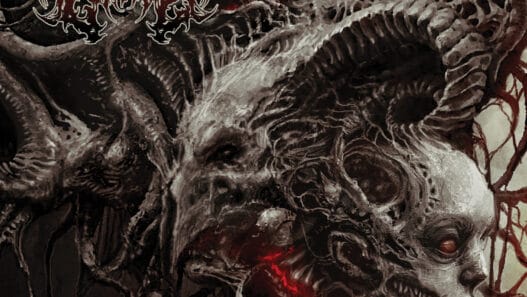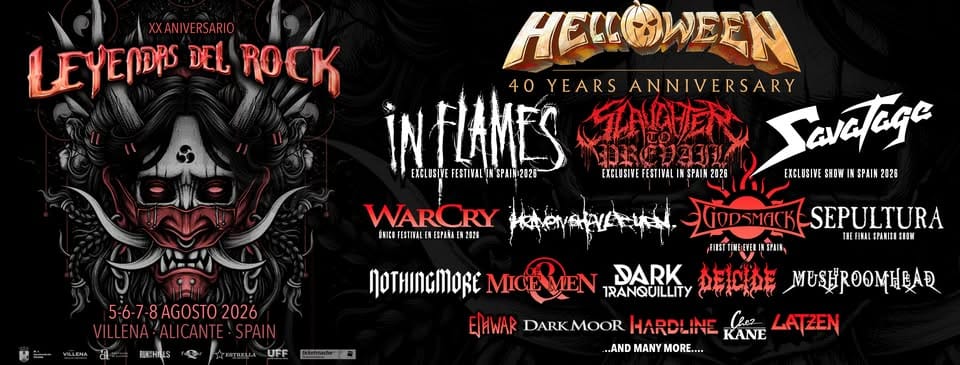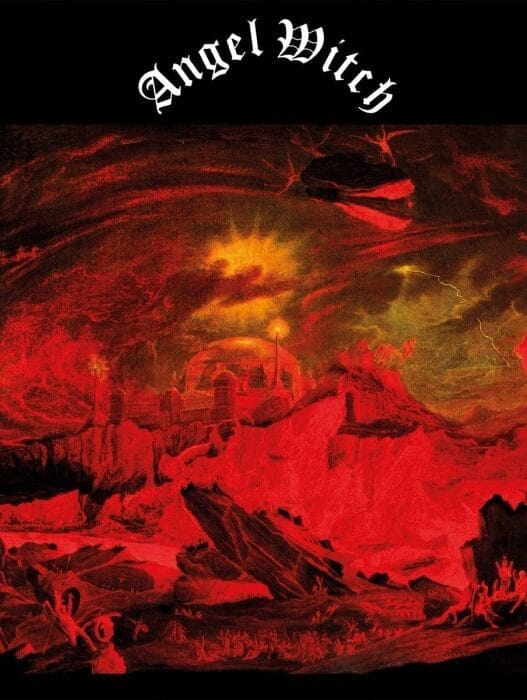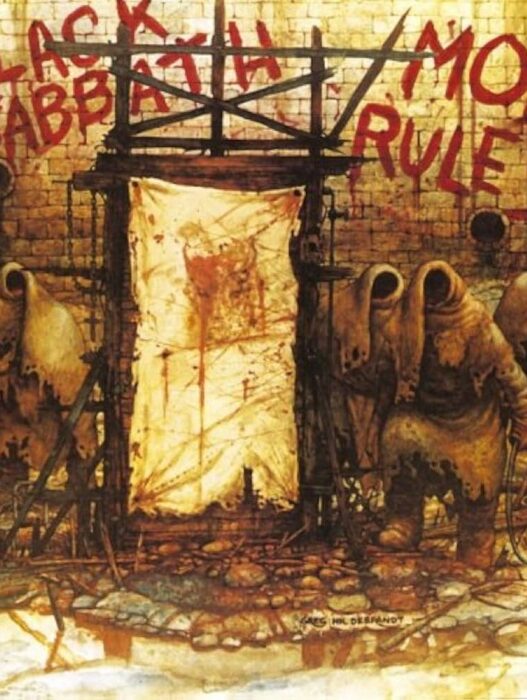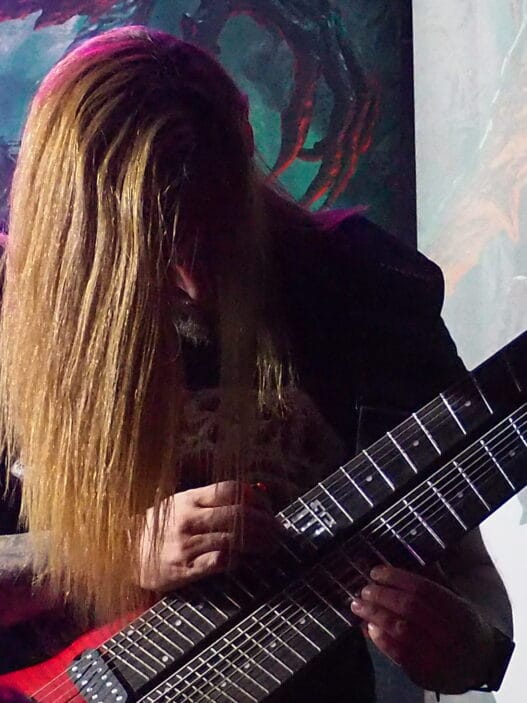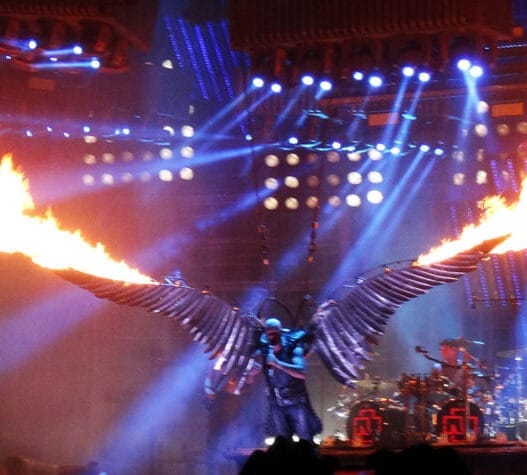(English Below)
El hazlo tú mismo (DIY) ha sido un pilar fundamental dentro de la música underground, y el metal extremo no es una excepción. A lo largo de las décadas, numerosas bandas han optado por autoproducir, grabar y distribuir su música sin depender de grandes discográficas, preservando así una ética de independencia y autenticidad.
Este enfoque no solo permite mayor control creativo, sino que también ha fomentado la autogestión, el surgimiento de sellos independientes y la creación de una escena autosuficiente. En este artículo, exploraremos la importancia del movimiento DIY en el metal extremo, sus desafíos y algunos de los grupos más representativos.
El término DIY (Do It Yourself) se originó en la escena punk de los años 70 y 80, pero su impacto se ha sentido con fuerza en el black metal, death metal, grindcore y otras vertientes extremas.
Principios Claves del DIY en el Metal Extremo:
- Autogestión Total: Las bandas escriben, graban y producen su música sin la intervención de sellos discográficos grandes.
- Producción Independiente: Se utilizan estudios caseros o de bajo presupuesto para grabar, lo que da un sonido más crudo y auténtico.
- Distribución Propia: Muchas bandas venden su música a través de plataformas digitales, Bandcamp o en ediciones limitadas en vinilo o casete.
- Merchandising Hecho en Casa: Desde camisetas hasta pósters, todo se fabrica de manera independiente.
- Promoción Alternativa: Se evitan los medios tradicionales, utilizando en su lugar foros especializados, redes sociales y el boca a boca.
El DIY es una respuesta contra la comercialización del metal, manteniendo la esencia rebelde e independiente del género.
A lo largo de la historia del metal extremo, varias bandas han sido íconos del movimiento DIY. Desde grupos legendarios hasta bandas actuales, estos artistas han demostrado que es posible crear música extrema sin comprometer la independencia creativa.
Darkthrone (Noruega) – Black Metal Crudo y Auténtico
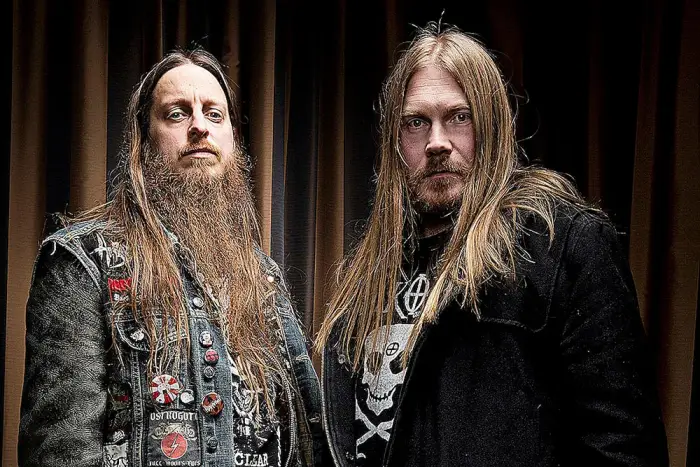
Desde su transformación en una banda de black metal en los 90, Darkthrone ha sido sinónimo de DIY.
- A partir de «A Blaze in the Northern Sky» (1992), adoptaron un sonido lo-fi y comenzaron a grabar de manera rudimentaria para mantener la crudeza del género.
- Evitaron giras extensas y entrevistas, reforzando la actitud anti-mainstream.
- En álbumes recientes como «Arctic Thunder» (2016) y «Eternal Hails…» (2021), siguen produciendo y lanzando música sin presión externa.
Midnight (EE.UU.) – Blackened Speed Metal en Total Independencia

Formado por Athenar, Midnight es un proyecto de black/speed metal con una fuerte ética DIY.
- Durante años, Athenar tocó todos los instrumentos, grabó y lanzó su música de forma independiente.
- Su éxito en la escena underground llevó a la revalorización del sonido crudo y directo.
- Aunque han firmado con Metal Blade Records, siguen manteniendo un espíritu autoproducido y anti-comercial.
Panopticon (EE.UU.) – Black Metal Atmosférico y Libertad Creativa
![]()
Austin Lunn, el cerebro detrás de Panopticon, es un ejemplo del DIY en el metal extremo moderno.
- Mezcla black metal con folk y bluegrass estadounidense.
- Ha grabado y producido la mayoría de sus discos en su propio estudio.
- Su álbum «Kentucky» (2012) fue autopublicado y es considerado un clásico dentro del black metal con conciencia social.
Revenge (Canadá) – El Caos del War Metal Autoproducido
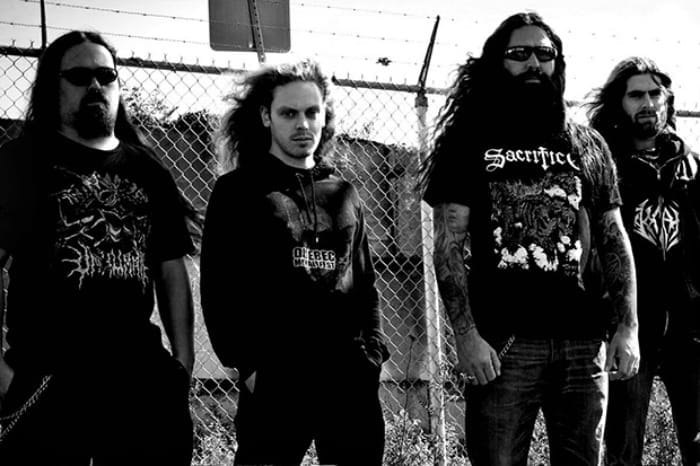
Revenge, una de las bandas más brutales del war metal, también ha seguido el camino DIY.
- Con un sonido caótico y abrasivo, su producción es minimalista y directa.
- Lanzaron sus primeros trabajos a través de sellos independientes antes de atraer la atención de Season of Mist.
- Su líder, J. Read, ha mantenido un enfoque autónomo y sin concesiones.
Spectral Lore (Grecia) – Black Metal Experimental Sin Límites
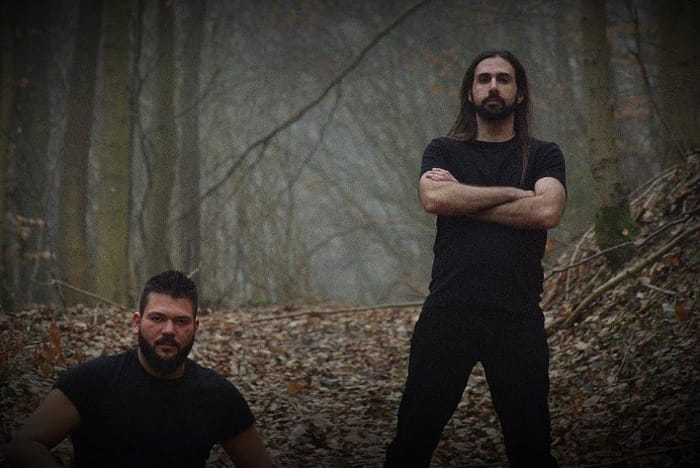
Bajo el liderazgo de Ayloss, Spectral Lore ha demostrado cómo una banda puede operar en total independencia.
- Ha lanzado discos por cuenta propia, sin depender de discográficas.
- Su música se caracteriza por una producción experimental y un sonido filosófico y atmosférico.
- Álbumes como «III» (2014) han sido alabados en la escena underground sin estrategias de marketing tradicionales.
A pesar de sus ventajas, el DIY en el metal extremo tiene dificultades:
✅ PROS:
✔ Control total sobre la música y la imagen de la banda.
✔ Conexión más fuerte con los fans.
✔ Evita la censura y la interferencia de sellos comerciales.
❌ CONTRAS:
✖ Costos elevados para grabación y distribución.
✖ Dificultad para llegar a audiencias más grandes sin promoción.
✖ La calidad de producción puede ser limitada por falta de recursos.
El DIY sigue siendo una filosofía crucial en el metal extremo, pero ha evolucionado con la era digital. Plataformas como Bandcamp, YouTube y Patreon han permitido que bandas pequeñas alcancen una audiencia global sin depender de sellos discográficos.
Además, los festivales underground y sellos independientes han reforzado la autosuficiencia de la escena, manteniendo vivo el espíritu DIY en un mundo donde la industria musical está cada vez más digitalizada.
El DIY en el metal extremo no solo representa independencia, sino que también es una declaración de principios contra la comercialización de la música. Bandas como Darkthrone, Panopticon y Midnight han demostrado que es posible triunfar sin comprometer la autenticidad.
Hoy en día, gracias a la tecnología y la autogestión, el DIY sigue siendo una fuerza poderosa que mantiene viva la esencia del metal extremo underground.
Do-it-yourself (DIY) has been a fundamental pillar within underground music, and extreme metal is no exception. Over the decades, numerous bands have chosen to self-produce, record, and distribute their music without relying on major record labels, thus preserving an ethic of independence and authenticity.
This approach not only allows for greater creative control but has also fostered self-management, the rise of independent labels, and the creation of a self-sufficient scene. In this article, we will explore the importance of the DIY movement in extreme metal, its challenges, and some of the most representative bands.
The term DIY (Do It Yourself) originated in the punk scene of the 1970s and 1980s, but its impact has been strongly felt in black metal, death metal, grindcore, and other extreme subgenres.
Key Principles of DIY in Extreme Metal:
- Total Self-Management: Bands write, record, and produce their music without the intervention of major record labels.
- Independent Production: Home studios or low-budget studios are used for recording, resulting in a rawer and more authentic sound.
- Self-Distribution: Many bands sell their music through digital platforms, Bandcamp, or in limited vinyl or cassette editions.
- Homemade Merchandising: From t-shirts to posters, everything is independently made.
- Alternative Promotion: Traditional media is avoided, using specialized forums, social media, and word-of-mouth instead.
DIY is a response against the commercialization of metal, maintaining the rebellious and independent essence of the genre.
Throughout the history of extreme metal, several bands have been icons of the DIY movement. From legendary groups to current bands, these artists have proven that it is possible to create extreme music without compromising creative independence.
Darkthrone (Norway) – Raw and Authentic Black Metal
Since their transformation into a black metal band in the ’90s, Darkthrone has been synonymous with DIY.
- Starting with «A Blaze in the Northern Sky» (1992), they adopted a lo-fi sound and began recording in a rudimentary manner to maintain the genre’s rawness.
- They avoided extensive tours and interviews, reinforcing their anti-mainstream attitude.
- In recent albums like «Arctic Thunder» (2016) and «Eternal Hails…» (2021), they continue producing and releasing music without external pressure.
Midnight (USA) – Blackened Speed Metal in Total Independence
Formed by Athenar, Midnight is a black/speed metal project with a strong DIY ethic.
- For years, Athenar played all the instruments, recorded, and released his music independently.
- His success in the underground scene led to the revaluation of the raw and direct sound.
- Although they have signed with Metal Blade Records, they still maintain a self-produced and anti-commercial spirit.
Panopticon (USA) – Atmospheric Black Metal and Creative Freedom
Austin Lunn, the mastermind behind Panopticon, is an example of DIY in modern extreme metal.
- He blends black metal with American folk and bluegrass.
- He has recorded and produced most of his albums in his own studio.
- His album «Kentucky» (2012) was self-published and is considered a classic within socially conscious black metal.
Revenge (Canada) – The Chaos of Self-Produced War Metal
Revenge, one of the most brutal war metal bands, has also followed the DIY path.
- With a chaotic and abrasive sound, their production is minimalist and direct.
- They released their early works through independent labels before attracting the attention of Season of Mist.
- Their leader, J. Read, has maintained an autonomous and uncompromising approach.
Spectral Lore (Greece) – Experimental Black Metal Without Limits
Under the leadership of Ayloss, Spectral Lore has demonstrated how a band can operate in total independence.
- He has released albums on his own, without relying on record labels.
- His music is characterized by experimental production and a philosophical and atmospheric sound.
- Albums like «III» (2014) have been praised in the underground scene without traditional marketing strategies.
Despite its advantages, DIY in extreme metal has challenges:
✅ PROS:
✔ Total control over the music and the band’s image.
✔ Stronger connection with fans.
✔ Avoids censorship and interference from commercial labels.
❌ CONS:
✖ High costs for recording and distribution.
✖ Difficulty reaching larger audiences without promotion.
✖ Production quality may be limited due to a lack of resources.
DIY remains a crucial philosophy in extreme metal, but it has evolved with the digital age. Platforms like Bandcamp, YouTube, and Patreon have allowed small bands to reach a global audience without relying on record labels.
Additionally, underground festivals and independent labels have reinforced the scene’s self-sufficiency, keeping the DIY spirit alive in a world where the music industry is becoming increasingly digitalized.
DIY in extreme metal not only represents independence but is also a statement of principles against the commercialization of music. Bands like Darkthrone, Panopticon, and Midnight have proven that it is possible to succeed without compromising authenticity.
Today, thanks to technology and self-management, DIY remains a powerful force that keeps the essence of underground extreme metal alive.







